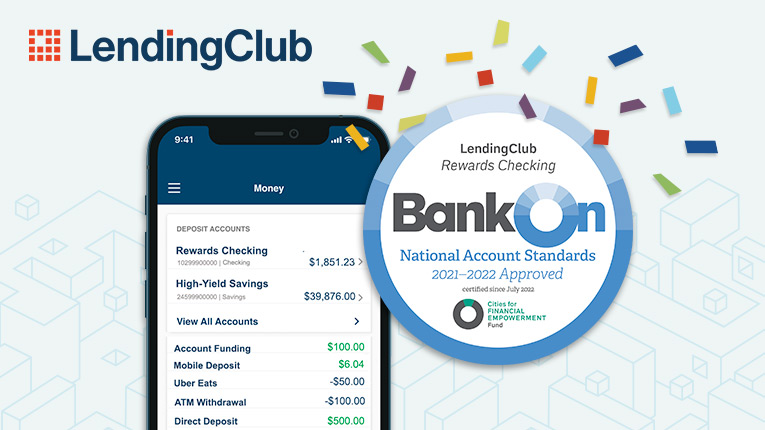It depends on how you plan to use your loan. Balance transfer loans are a great option to pay down or consolidate multiple debts, while cash loans may be a better fit for a single large expense.
Understanding the benefits of balance transfer loans
Balance transfer loans have a lot of benefits that other options don’t, including:
Lower rates:Interest rates on balance transfer loans may be lower than regular cash loans.
Easier debt consolidation:If you want a loan to help pay down or consolidate multiple other debts, balance transfer loans can take some work off your plate. You add up to 12 creditors to pay, and we send the money to them directly.
Fixed rates: LendingClub's balance transfer loans come with fixed interest rates, so you won’t have to worry about rate changes or promotional periods like you might with a credit card.
Plus, any loan money left over after your creditors are paid goes directly to your bank account.
Getting the most out of your balance transfer loan
If you've decided a balance transfer loan could be the right fit for you, the application process will look similar to a cash loan. The main difference is that you’ll add the creditors you want to pay as part of your To-Do List. Note that balance transfer loans can’t be used to pay mortgages, auto loans, or student loans, but you should be able to add most other major creditors.
Once you’ve been approved, creditors typically get their money within a few days to a couple weeks, depending on how they receive the transfer money.
Don't stop making your regular payments until the creditors confirm they’ve received our payment—otherwise you may end up with late fees. If you make an extra payment before the transfer is completed, you’ll typically receive a refund for any overpayment.
Once you're sure the transfer was received, contact your creditors directly to close your paid accounts.
Can’t remember which creditors you paid with your balance transfer loan? Your Truth in Lending disclosure shows both the creditors and the amounts sent to each. It also shows how much of your loan went to your bank account.










